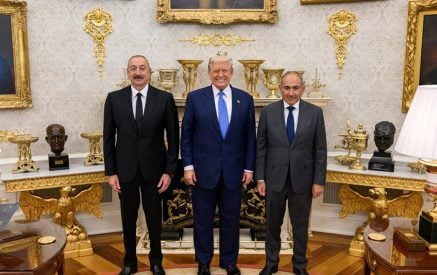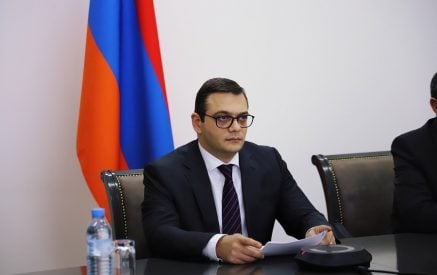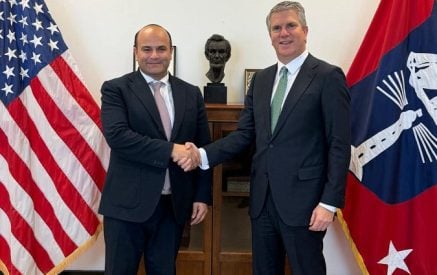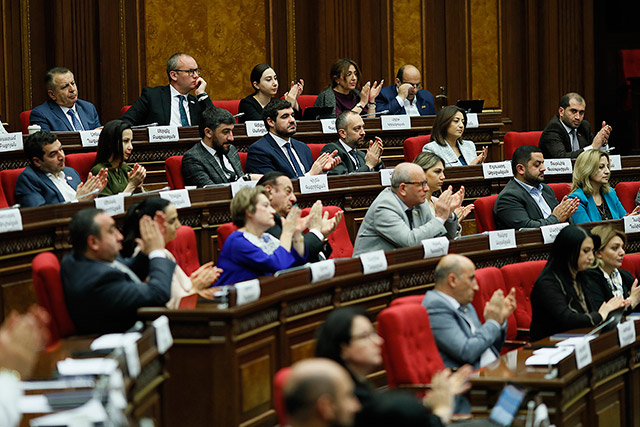“ACNIS ReView from Yerevan”. Over the past seven years, one of the most troubling developments in Armenia’s socio-political landscape has been the rise of covert institutions operating under the Civil Contract Party-affiliated government. Commonly referred to by the public as “fake factories,” these entities are composed of individuals exhibiting severe moral and psychological deficiencies—people drawn from the lowest strata of society, unrestricted by gender, age, or even the bounds of decency. Unsurprisingly, the government frequently employs these “fake” operatives, seemingly finding in them a kind of perverted kinship—a shared sense of depravity that resonates disturbingly.
These “fake” groups enjoy stable salaries, comfortable workplaces, technical equipment, and other resources. Their total number across the republic reaches several thousand. Each group is further divided into subdivisions, tasked with specific weekly assignments, and accountable to a leader referred to as the “commander of a thousand.” This commander, in turn, reports monthly to an official representative within the power structure—often someone in the Prime Minister’s staff or the press secretary’s office. This official coordinates the activities of these “factories of lies and falsehoods” at the highest levels of state governance.
The daily “fake news” agenda of “Newspeak,” tailored to the moment’s political relevance, is determined and disseminated by the chiliarch of a pyramidal structure. Rank-and-file “fakers” are then tasked with amplifying these messages, responding to posts with synchronized attacks and deploying the most vulgar, humiliating language imaginable, each according to his or her level of depravity. Their targets, whether respected professionals, professor of a medical center, national heroes, a fallen soldier’s grief-stricken mother, world-renowned athletes, singers, or scientists, are subjected to relentless mockery. These assaults aim to utterly destroy a person’s reputation and honor, all while the perpetrators are rewarded with increased compensation.
Pashinyan’s government is reportedly wasting millions from the state budget to sustain these “fake factories.” These resources are used to sow division among the population, weaken the country’s defense capabilities, and secure the positions of his inept and destructive administration—all at a staggering cost. A telling example highlights the government’s priorities: a high-ranking civil servant, such as the chairman of the Public Council, might be dismissed from his position only to be offered a more lucrative role within the “fake factory” as a propagandist and chiliarch.
Read also
Despite his apparent failures in state personnel management, Pashinyan has proven adept at recruiting individuals to bolster his propaganda efforts. These recruits contribute to a growing arsenal of misinformation, targeting anyone who challenges the government’s narrative. A primary tool in this propaganda machine is the Armenian Public Television, particularly “Interview with Petros Ghazaryan,” a social and political program. This platform regularly features guests who disseminate Pashinyan’s controversial ideas on topics such as “Real Armenia,” the Armenian Genocide, the Karabakh movement, and other sensitive issues.
The cornerstone of Pashinyan’s propaganda is built on lies, falsehoods, hypocrisy, and deceit. While these tactics may temporarily mislead a small segment of the population, the majority of the public remains acutely aware of the truth. The days of manipulation are numbered—“the genie is out of the bottle,” and the people cannot be deceived any longer.
The Armenian Center for National and International Studies























































